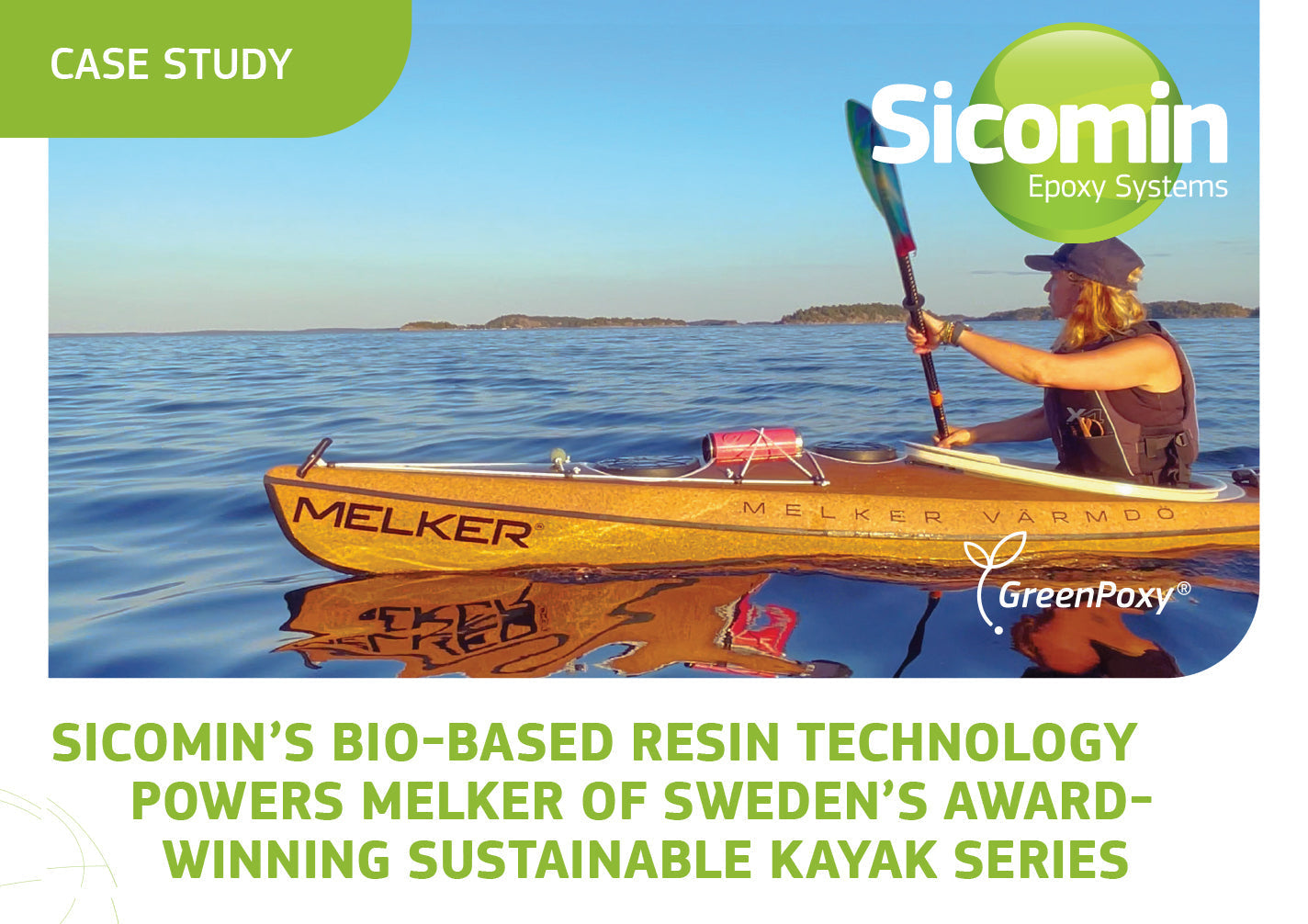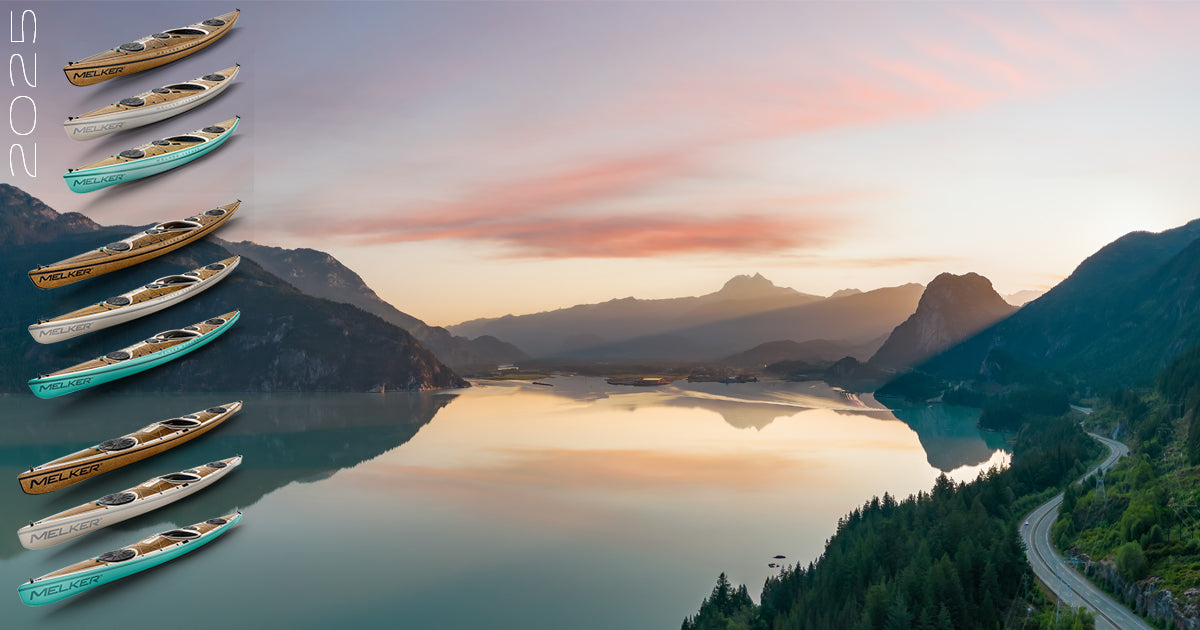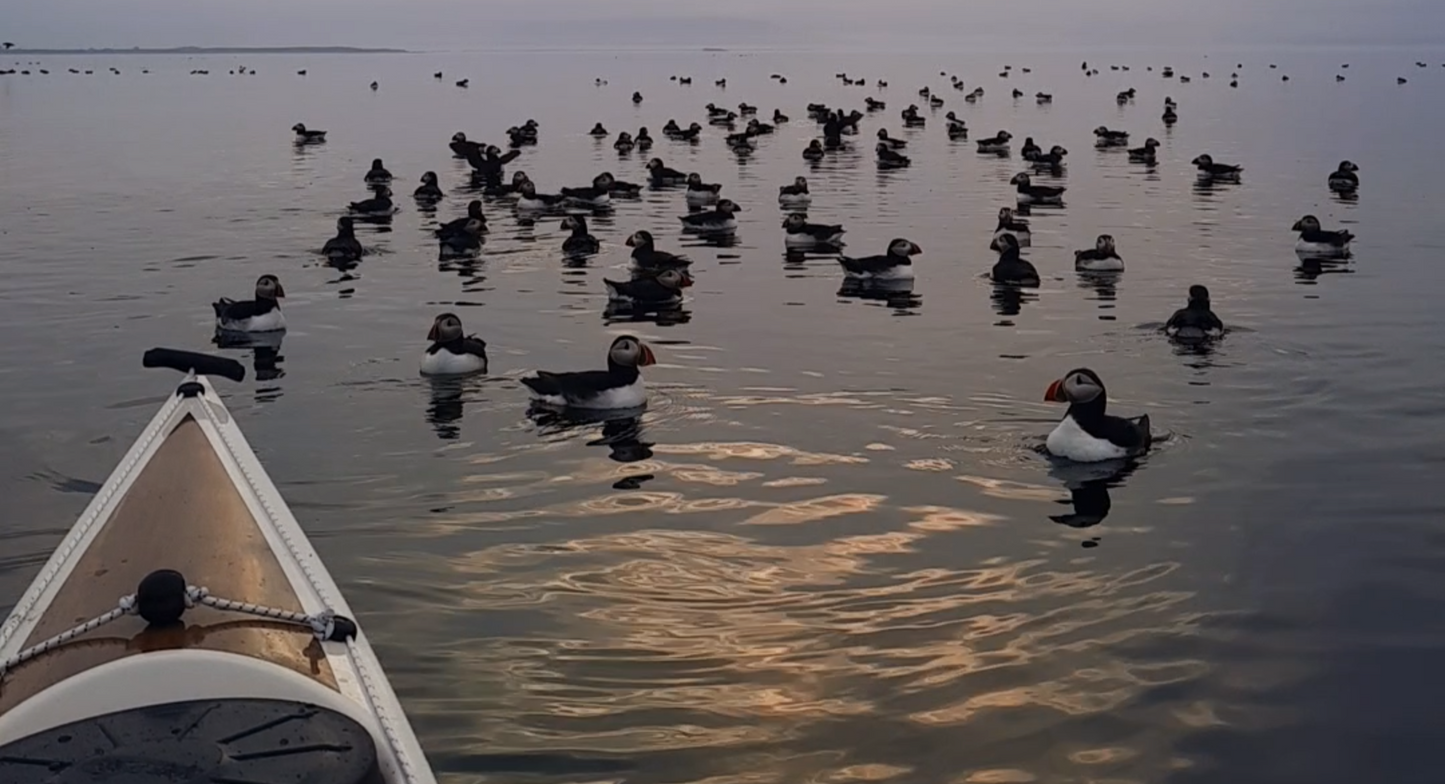Kokatat Hydrus Campaign
During the first 2 weeks in March you get up to 20% discount on our kokatat Hydrus Dry suits. We will order the suits after the end of the campaign so delivery of ordered suits will be in end of March.
--------------------------
Kayaking and paddling can be enjoyed in a variety of water conditions, from calm lakes to choppy seas. One of the biggest challenges faced by kayakers is staying dry and warm. That's where dry suits come in. Dry suits are specially designed suits that keep the wearer dry, warm, and comfortable while kayaking. They are an essential piece of gear for kayakers, especially those who are planning to paddle in cold or rough water conditions.
We have choosed to work with one of the most popular dry suit manufacturers in the kayaking industry, Kokatat. Their drysuits are well-known for their durability, quality, and performance. Kokatat dry suits come in a variety of styles and designs to suit different kayaking needs.
Do you need a dry suit to kayak?
The need for a drysuit when kayaking largely depends on the water and weather conditions. If you are planning to kayak in cold water, rough seas, or in areas with changing weather conditions, a dry suit is a must-have piece of gear. A dry suit is also necessary if you are planning to kayak in an area with strong currents or where rescue is difficult.
The primary function of a dry suit is to keep the kayaker dry. The suit is designed to create a watertight seal around the neck, wrists, and ankles, preventing water from entering the suit. The suit is not insulated which means that you need to wear warm insulating clothes underneath the suit to stay warm.
If you are planning to kayak in mild weather conditions or in calm waters, a drysuit may not be necessary. In these cases, a paddling jacket may be sufficient. Paddling jackets, are designed to keep the upper body dry and are suitable for short periods in the water.
At what temperature do you need a drysuit?
When it comes to sea kayaking, it's important to consider the water temperature when deciding whether or not to wear a drysuit. As a general rule of thumb, if the water temperature is below 15°C (59°F), you should wear a drysuit. At these temperatures, hypothermia can set in quickly, making a drysuit a critical piece of safety gear.
Even if the air temperature is warmer, it's important to remember that water can still be dangerously cold. In fact, water temperatures between 10°C (50°F) and 15°C (59°F) can be just as dangerous as colder temperatures, since they can still cause hypothermia.
If you're unsure about the water temperature or you're paddling in an area with fluctuating temperatures, it's always best to be on the side of caution and wear a drysuit. Not only does a drysuit provide protection against the cold water, but it also protects against wind and rain, making it a versatile piece of gear for a range of conditions.
Choosing the right drysuit for sea kayaking
When it comes to choosing the right drysuit for sea kayaking, there are several factors to consider, including the type of kayaking you plan to do, the water conditions, the weather, and your personal preferences.
One of the most important factors is the material of the drysuit. Gore-Tex is a popular choice because it is breathable, waterproof, and durable. Other materials include Hydrus, which is lighter and more affordable, and Tropos, which is more breathable than Gore-Tex.
Another important factor is the type of entry system. There are two main types of entry systems: front entry and rear entry. Front entry drysuits have a zipper on the front that runs from the waist to the neck, while rear entry drysuits have a zipper on the back that runs from the neck to the waist. Front entry drysuits are easier to put on and take off, while rear entry drysuits are more comfortable and provide better mobility. There are many more different entry systems on the market.
The fit of the drysuit is also important. A drysuit that is too loose or too tight can restrict movement and affect buoyancy. It is recommended to try on several drysuits and choose one that fits snugly but allows for a full range of motion. Remember that you need to have space for your warm clothes underneath.
Finally, consider additional features such as the number of pockets, the type of socks, and the color of the drysuit. Pockets are useful for storing small items such as a phone, a GPS device, or a camera. Socks can be integrated or separate, and they can be made of fabric or latex. Color is important for visibility and safety, especially in low-light conditions.
Caring for your dry suit
Proper care and maintenance of your dry suit can extend its lifespan and ensure its performance. Here are some tips for caring for your dry suit:
- Rinse your dry suit with fresh water after each use to remove salt, sand, and dirt. Avoid using harsh detergents or bleach.
- Hang your dry suit to dry in a well-ventilated area, away from direct sunlight or heat sources.
- Store your dry suit in a cool, dry place, away from sharp objects and chemicals.
- Check your dry suit regularly for signs of wear and tear, such as leaks, holes, or abrasions.
- Repair any damage immediately with a patch or seam tape, or send your dry suit to a professional repair service.
- Follow the manufacturer's instructions for cleaning, maintenance, and repair.
In conclusion, a dry suit is an essential piece of gear for sea kayaking, especially in cold water and harsh weather conditions. Kokatat dry suits are a popular choice for their quality, performance, and durability. When choosing a dry suit, consider the material, entry system, fit, and additional features. Proper care and maintenance of your drysuit can ensure its longevity and effectiveness. With the right dry suit, you can enjoy safe and comfortable paddling in any weather and water conditions.
Latest news
SICOMIN’S BIO-BASED RESIN TECHNOLOGY POWERS MELKER OF SWEDEN’S AWARD-WINNING SUSTAINABLE KAYAK SERIES
Revolutionary Composite Solution Combines High Performance with Reduced Environmental Impact Sicomin, a leading formulator and supplier of high-performance epoxy resin systems,...
Melker of Sweden Expands to Bring Premium Paddlesports to the North American West Coast
FOR IMMEDIATE RELEASE – APRIL 15th 2025, VÄRMLAND/SQUAMISH/PORT GAMBLE Melker of Sweden Expands to Bring Premium Paddlesports to the North...
First Melker Kayaks @ Iceland - by Stefan Schuster
Puffins everywhere you look, a grin that will last for days and a memory that will never be forgotten. A...



